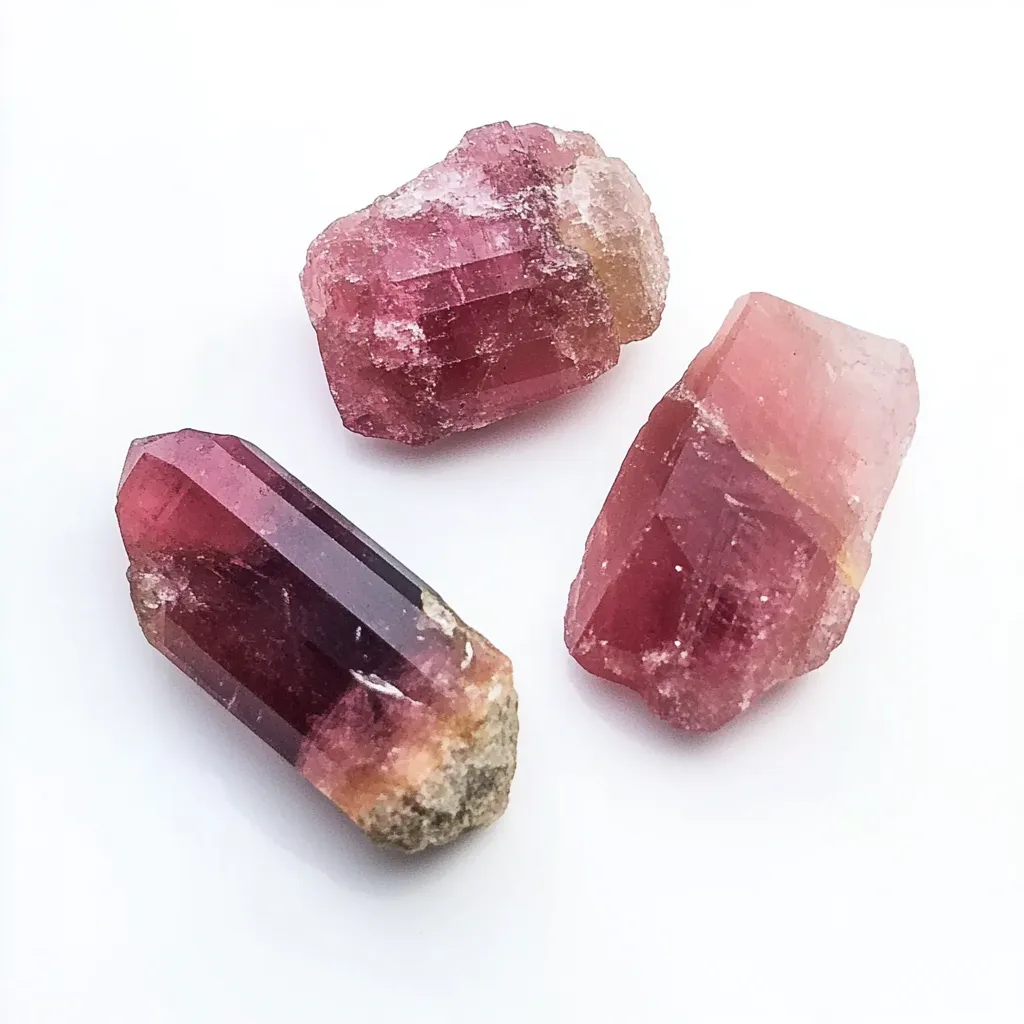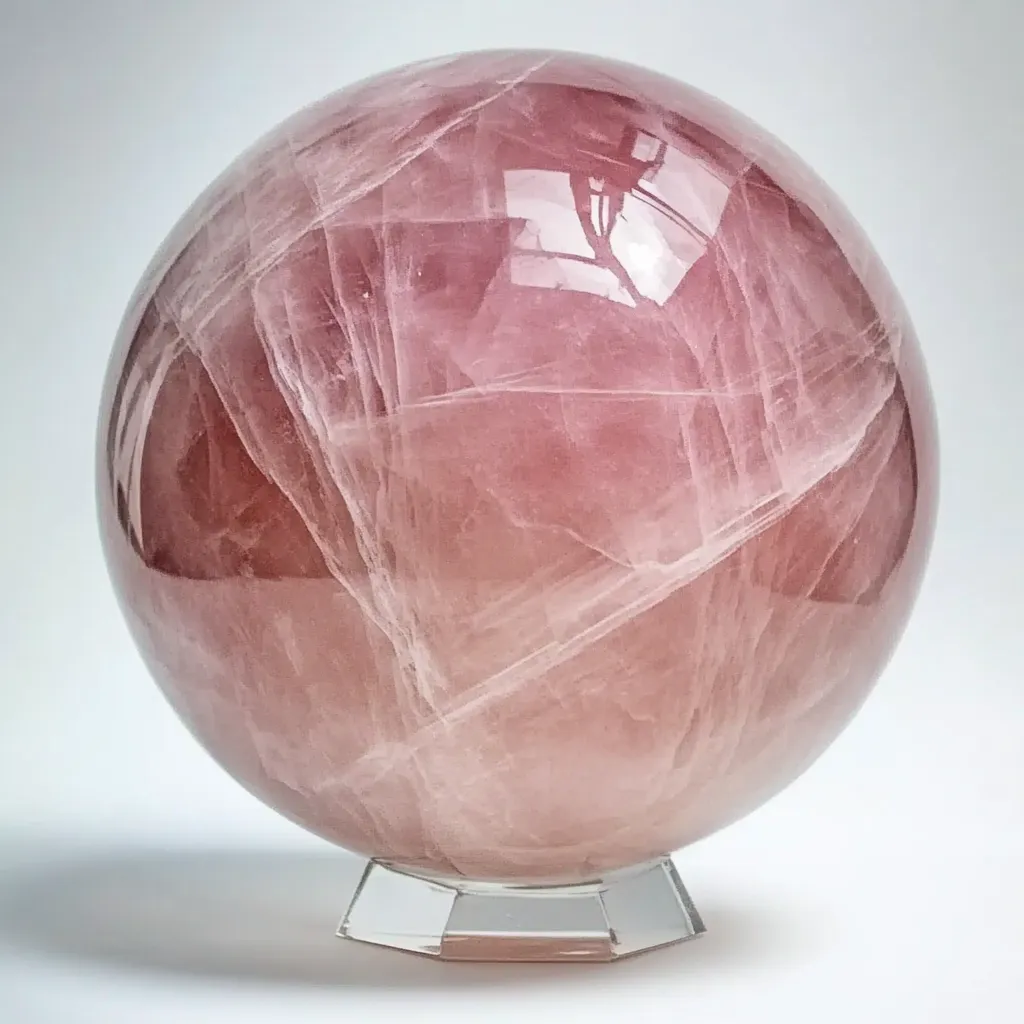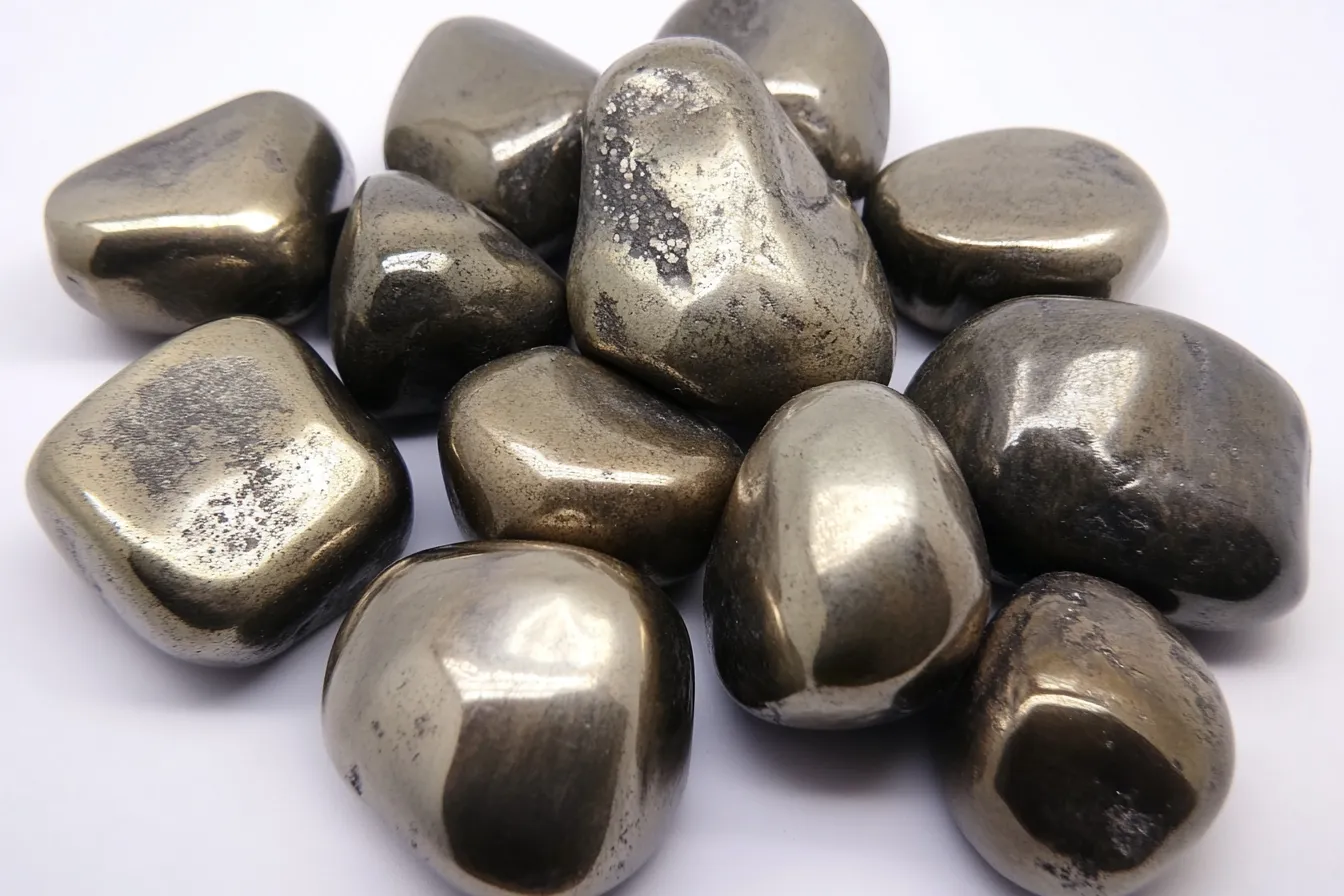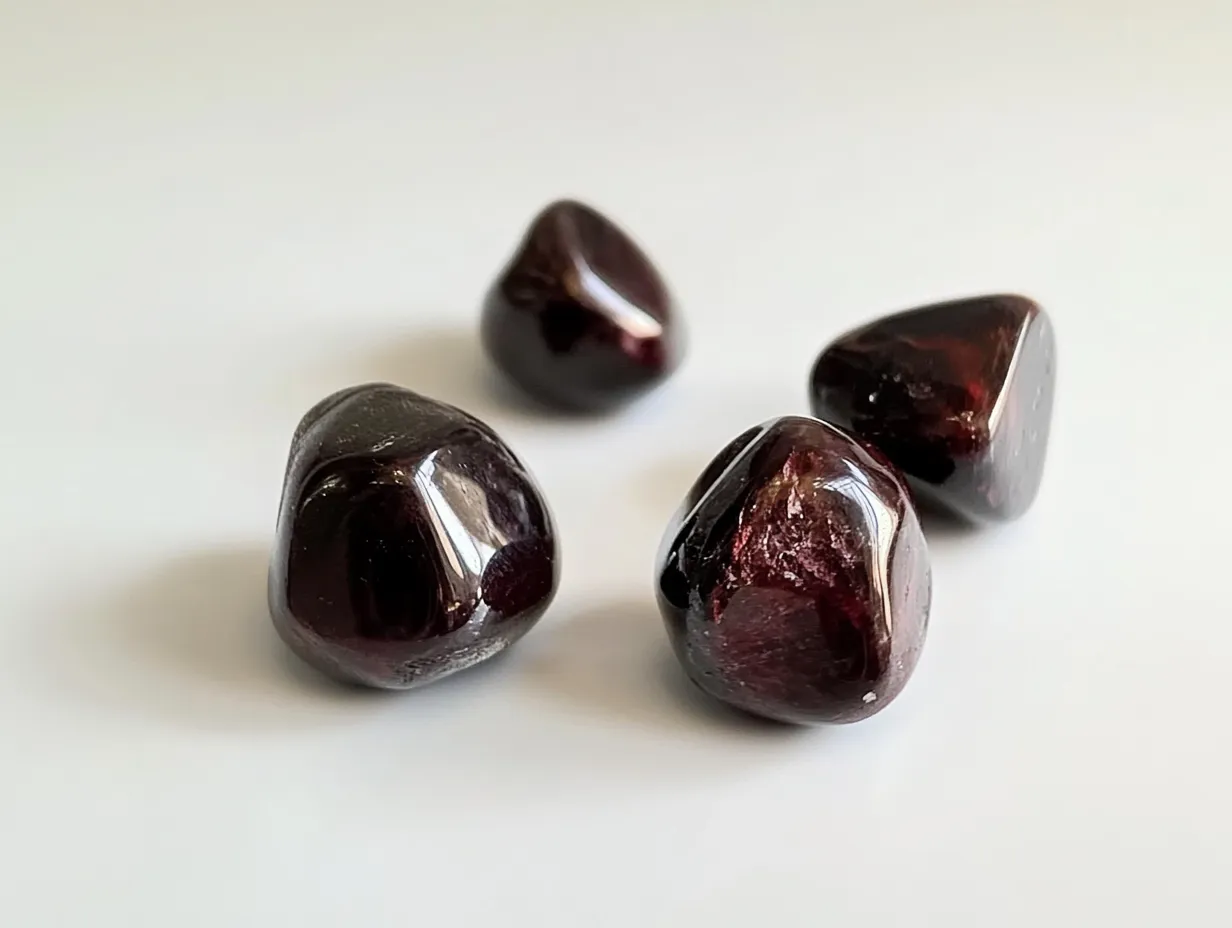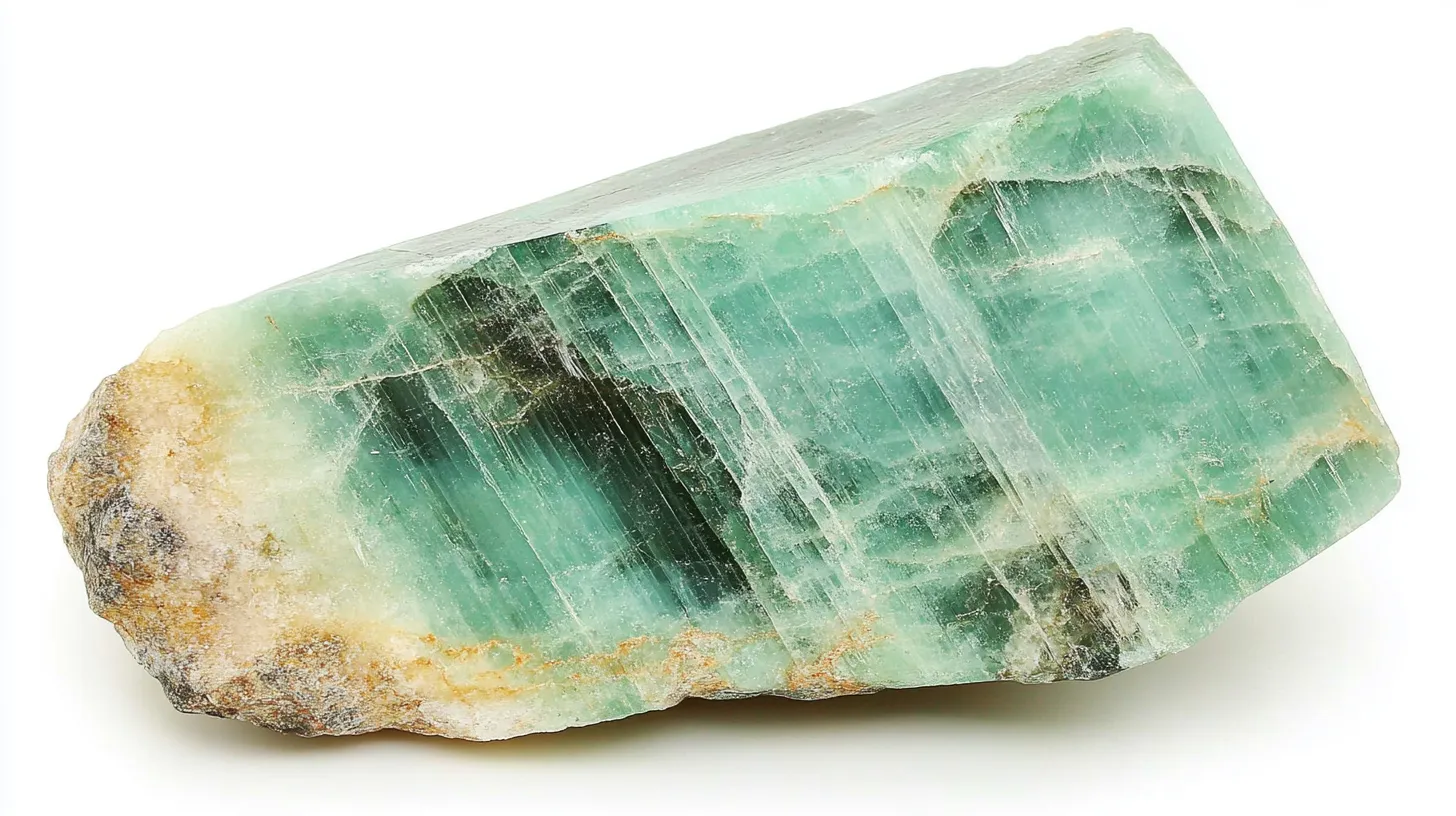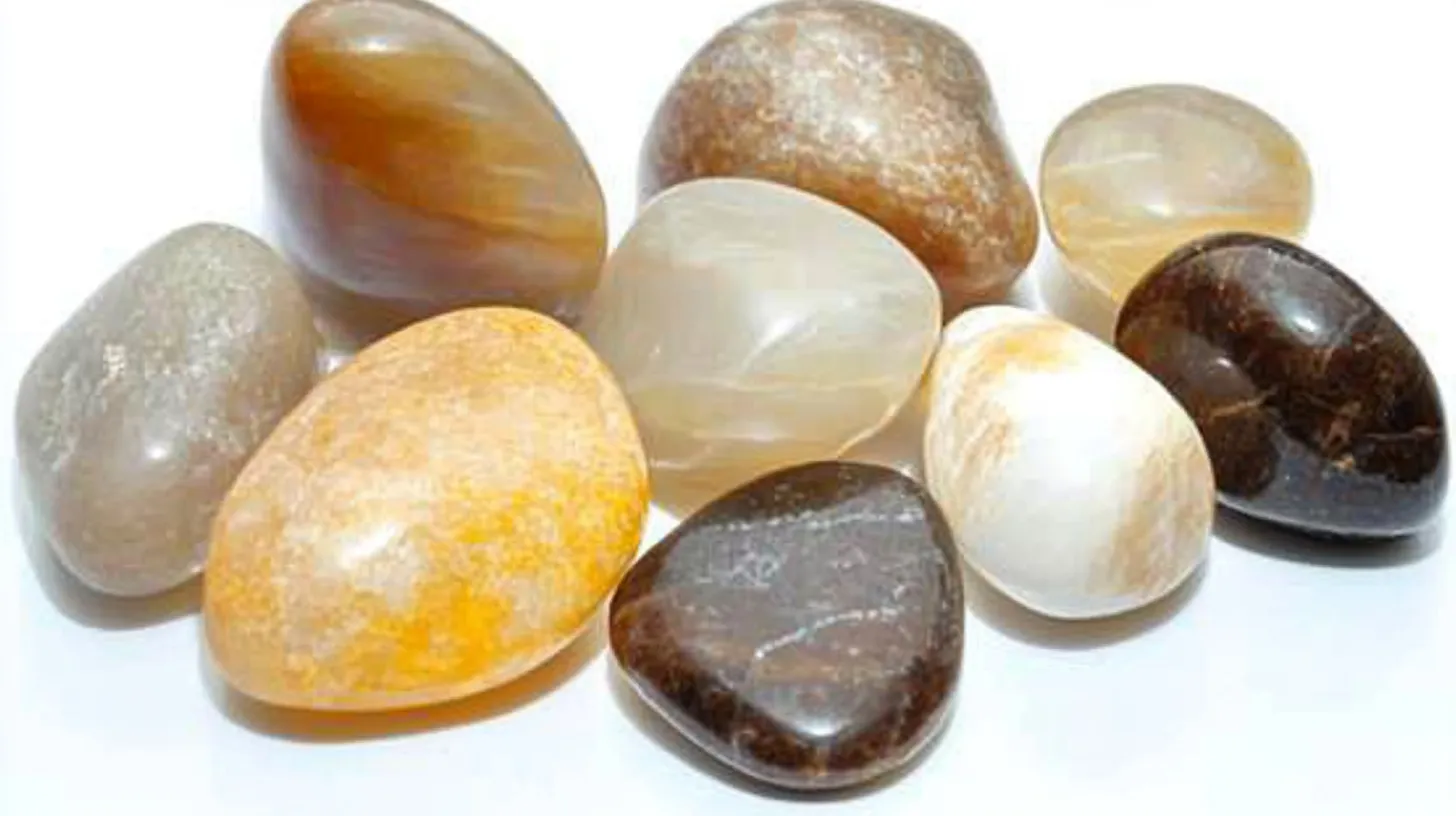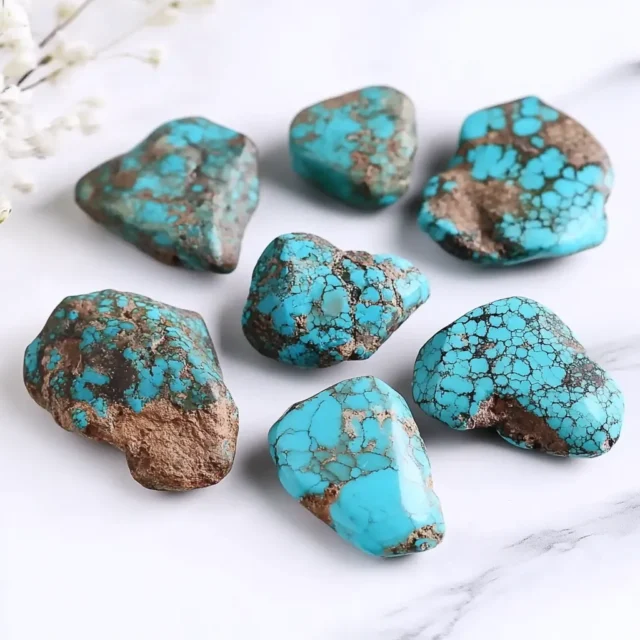

Scientific Content
A mineral created by a chemical reaction between water, including particular elements, and rocks over thousands of years, turquoise is a hydrated phosphate of copper and aluminum. With CuAl₆(PO₄)₄(OH)₈•₆H₂O as its chemical formula, this complex structure is shaped by its natural surroundings. On the Mohs hardness scale, it falls between 5 and 6; thus, it is rather soft compared to other gemstones and should be worn or used carefully.
Turquoise is common in arid areas where mineral-rich groundwater seeps into the cavities and fractures of aluminum-rich rocks. Copper gives turquoise its characteristic blue hue; iron can change the color to greener tones. Environmental elements over time can cause the stone to change; occasionally, this results in a duller look or texture changes. Every turquoise piece has a distinct color and form because of this natural evolution.
Geological Characteristics
Often found in copper-rich settings, turquoise forms a secondary mineral through slow mineral replacement and precipitation. This gemstone is mostly found in areas with large copper reserves, including the southwest United States, Iran, China, and Egypt. Its formation calls for just the correct balance of copper, phosphorous, and aluminum mixed with water and oxygen over long geological times.
Different places produce different shades of blue. Persian turquoise, for example, is highly prized for its pure sky-blue hue; American turquoise can vary in color from blue to green with complex web-like veining resulting from the host rock. A matrix—that is, the natural host rock patterns of a stone—may affect its value and aesthetic appeal.

Notable Blue Personality Traits
| Domain | Notable Traits |
|---|---|
| Persia | Deep blue in the sky, minimal matrix |
| United States (Arizona, Nevada) | Strong matrix patterns in blue-to-green tones |
| Beijing, China | Greenish colors; great durability |
| Egypt | Older deposits with historic relevance |
Turquoise Stone’s Symbolism
For millennia, turquoise has been prized as a stone of protection, knowledge, and spiritual connection. Many ancient civilizations—including the Egyptians, Persians, Native Americans, and Tibetans—considered it a holy gem that brought good fortune and protected its wearer from damage. People often set it as a talisman against negative energies, fashioning it into crowns, masks, and amulets.
Turquoise is thought of in many civilizations as a link between the ground and the heavens. For people looking for spiritual balance, it is a necessary stone since it stands for honest communication, openness, and inner peace. Personal success and ambition have also been associated with it, empowering wearers to boldly and clearly express themselves in both personal and professional life.
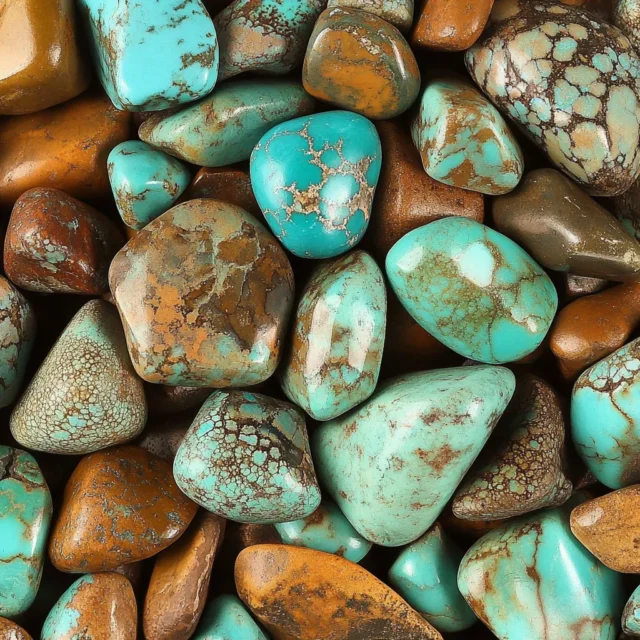
Healing Qualities
Often connected with emotional healing, blue offers peace and clarity. Encouragement of emotional balance is thought to help reduce depression, anxiety, and stress. Turquoise is a common meditation tool used by many to help them to clear their heads and establish a closer connection with their intuition. It can boost inner wisdom and help one overcome negative ideas.
Physically, turquoise is supposed to boost respiratory health, support the immune system, and help with detoxification. Some healers feel it helps the throat chakra, encouraging self-expression and clear communication. Although not a replacement for medical treatment, many alternative medicine practitioners advise turquoise as a complementing tool for overall health.

Healing Attractiveness
| Expected Advantage | Benefit |
|---|---|
| Sentimental | Helps to lessen depression, anxiety, and stress |
| Divine | Strengthens spiritual connection and intuition |
| Personal | Supports detoxification and immune system strength |
| Chakra | Aligns and enhances the throat chakra |
The Colour Energy of Stone Turquoise
A stone of tremendous energy, turquoise balances the cool calmness of blue with the uplifting vitality of green. This particular combination of colors is connected with inspiration, healing, and rebirth. While the green elements ground it with the loving power of the earth, the blue in turquoise links to the vast sky and oceans, symbolizing freedom, tranquility, and boundless potential.
Turquoise is believed to bring harmony to the body and mind in energy healing. Its color speaks to the throat chakra; hence, it is perfect for enhancing self-expression and communication. Turquoise, whether kept in a living area or as jewelry, is believed to create a calm and positive atmosphere that supports emotional stability and creativity.

Made of Turquoise Stone
From jewelry to house décor to even meditation techniques, turquoise finds application in many different spheres. Wearing turquoise jewelry lets its energy remain close to the body, supporting protection, emotional balance, and communication continuously. You can find beautiful personal talismans, turquoise rings, necklaces, and bracelets here.
In addition to personal decoration, one can arrange turquoise in homes or offices to foster a harmonious environment. Some people keep blue under their pillows to promote peaceful sleep and fight nightmares. Holding or staring at turquoise in meditation will help to improve focus and deepen relaxation.
Employments of Turquoise
| Use | Goal |
|---|---|
| Jewelry | Improved communication and personal protection |
| House Decor | Brings peace and uplifting vitality |
| Meditation | Deepens concentration and leisure time |
| Sleep Assistant | Promotes peaceful sleeping |

Side Effect of Turquoise Stone
Although turquoise is generally considered a good and useful stone, some people could get unexpected results. Everybody has different sensitivity to the energy of turquoise; in some cases, it may intensify emotions and cause restlessness or awareness in people not used to its vibrations.
The porous character of turquoise raises further questions about its ability to absorb chemicals, oils, and even sweat. This can cause color changes with time, especially if one uses lotions or cleaning products. When not in use, handle turquoise jewelry carefully and store it correctly to maintain its beauty.
Stone Turquoise for the Goddess
Historically, blue has been associated with divine feminine energy and goddesses of love, wisdom, and protection. It is connected in Egyptian mythology to Hathor, the goddess of motherhood, happiness, and music. Reflecting healing, fertility, and connection to the natural world, Native American customs also respect turquoise as a holy stone of the Earth Mother.
Women often use turquoise to enhance their intuition and self-expression, as they strive to embrace their inner strength and wisdom. It reminds us of the power of feminine energy—nurturing, creative, and profoundly linked to the rhythms of the earth and the universe.

Talisman and Amulet Turquoise Stone Meaning
Worn by warriors, shamans, and travelers for protection and direction, turquoise has long been a valued talisman. Whereas Native American tribes used turquoise in ceremonial masks and weapons to ensure success and spiritual connection, turquoise rings were thought to guard against the evil eye in ancient Persia.
Today’s consumers still value turquoise as a protective stone that boosts confidence and guards against negative energy. Whether worn as a pocket stone, set in a ring, or used in spiritual ceremonies, turquoise stays a symbol of strength, knowledge, and divine direction.
Religious and Traditional Uses of Turquoise
| Religion | Conventional Use of Turquoise |
|---|---|
| Persia | Defense against the Eye of Evil |
| Indigenous American | Applied in rites and military decorations |
| Egyptian | Arranged for the next world in burial tombs |
| Tibetan | Healing and spiritual illumination |

Questions and Answers
Additional Information on Turquoise
Aura Meaning in Turquoise
Often linked with healing, balance, and communication is turquoise. The Turquoise Aura Meaning links to its capacity to align the throat chakra, improving self-expression and emotional clarity. Many say that putting natural turquoise jewelry or turquoise decor in a house will invite spiritual awareness, peace, and positive energy. Numerous civilizations have worn it as a shield against negative energy and fate.
December’s Birthstone: Turquoise
As the birthstone for December, turquoise has a particular meaning. For those born in December, this ideal gift represents luck, health, and happiness. For those commemorating their birth month, the stone’s vivid colors reflect the cool tones of winter, rendering it a significant and beloved gemstone.
From Blue to Howlite
One of the most often discussed arguments in the gemstone universe is Turquoise against Howlite. Howlite, often dyed blue to resemble turquoise, refers to white or gray stone. Although they look similar, true turquoise is naturally occurring, whereas howlite is porous and readily absorbs colors. Natural turquoise has different energetic qualities and is far more valuable than dyed howlite.
Comparison of Turquoise and Howlite
| Property | Turquoise | Howlite (Dyed) |
|---|---|---|
| Natural Color | Blue, Green | White (dyed blue) |
| Composition | Copper-based mineral | Calcium borosilicate |
| Porosity | Less porous | Highly porous |
| Value | High | Low |
| Energetic Properties | Spiritual awareness, protection | Calming, but lacks turquoise’s energy |
Raw Turquoise Rock: Natural Beauty
Raw Turquoise Rock’s unvarnished, natural form appeals to many collectors and gem aficionados. This unprocessed condition highlights the complex patterns, veins, and unusual color variances of the stone. For spiritual practices and jewelry design, some raw turquoise stones are quite sought after because they combine green, blue, and brown colors.
New Mexico Turquoise Mine and Mining
Although turquoise is mined all around, the United States—especially New Mexico—is well-known for having excellent quality deposits. Native American tribes and miners have been extracting this lovely stone for millennia; hence, turquoise mining in New Mexico has a rich legacy. Some of the most sought-after turquoise stones in the market have come from mines including Tyrone and Cerrillos.
Major Turquoise Mines in New Mexico
| Mine Name | Notable Characteristics |
|---|---|
| Tyrone | Rich blue-green hues, high-quality deposits |
| Cerrillos | Historic mining site, varied color range |
| Hachita | Deep blue turquoise, sometimes greenish shades |
| Kings Manassa | Bright blue with golden matrix patterns |
Brown Turquoise and Other Novel Variations
Although many people associate turquoise with vivid blue colors, the presence of iron, copper, or other minerals can give it a variety of tones. A dramatic choice for jewelry and décor, brown turquoise is a rare variety with earthy brown veins mixed with classic blue or green tones.
Meaning of White Turquoise
White turquoise has spiritual purity and enlightenment as its meaning. Considered to improve intuition and inner wisdom, this unusual variation is sometimes known as White Buffalo Turquoise. White turquoise is a strong stone for meditation and spiritual development, even though it lacks the blue-green pigment, unlike traditional turquoise.
Pink Turquoise Stone and Red Turquoise Gemstone
The striking hues and scarcity of Pink Turquoise Stone and Red Turquoise Gemstone make them prized, despite their less frequent demand. Often stabilized and enhanced, pink turquoise is a fashionable color for modern jewelry. Another rare variant is red turquoise gemstone, which can appear when iron deposits affect the stone’s color.
Turquoise Mohs Durability and Hardness
Turquoise’s durability is assessed on the Turquoise Mohs Hardness scale, which runs it from 5 to 6. This property makes it rather soft compared to other gemstones, thus it needs careful treatment to avoid damage and scratches. Handle turquoise jewelry and décor gently and keep it away from strong chemicals.
4o

